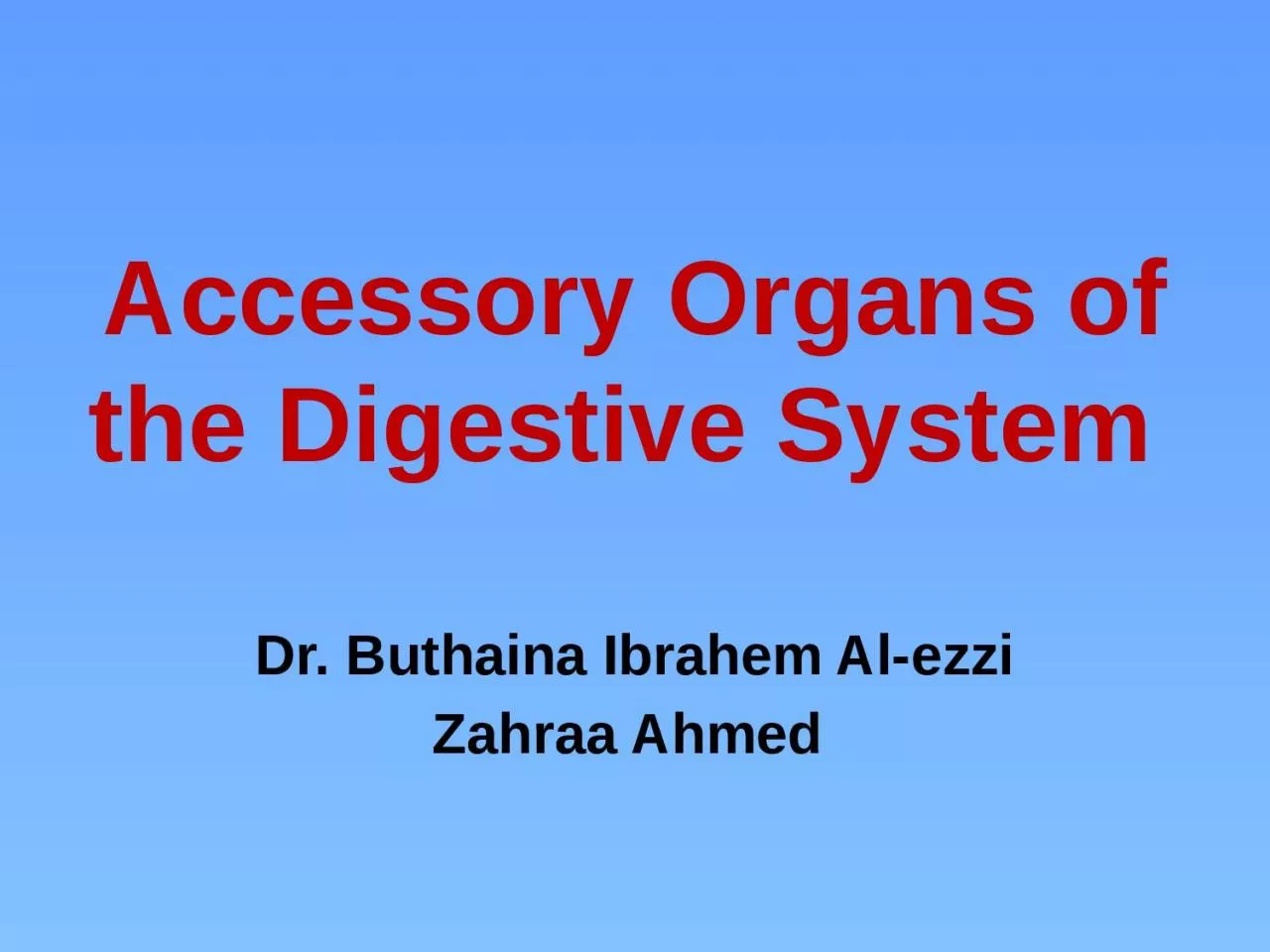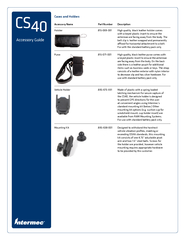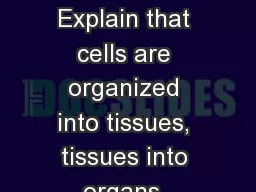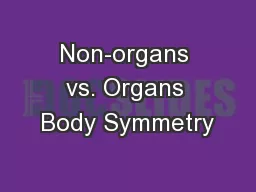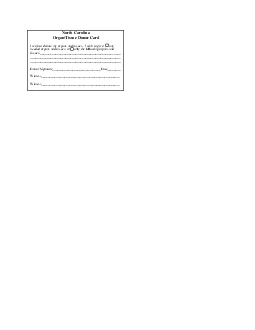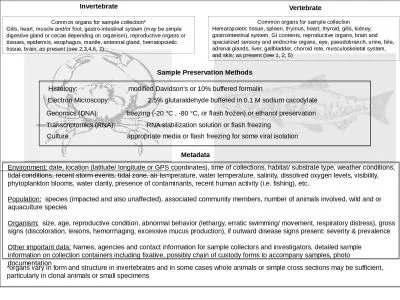PPT-Accessory Organs of the
Author : amelia | Published Date : 2022-06-28
Digestive System Dr Buthaina Ibrahem Al ezzi Zahraa Ahmed The accessory organs of the digestive system are located outside of the digestive tube Excretory glands
Presentation Embed Code
Download Presentation
Download Presentation The PPT/PDF document "Accessory Organs of the" is the property of its rightful owner. Permission is granted to download and print the materials on this website for personal, non-commercial use only, and to display it on your personal computer provided you do not modify the materials and that you retain all copyright notices contained in the materials. By downloading content from our website, you accept the terms of this agreement.
Accessory Organs of the: Transcript
Download Rules Of Document
"Accessory Organs of the"The content belongs to its owner. You may download and print it for personal use, without modification, and keep all copyright notices. By downloading, you agree to these terms.
Related Documents

